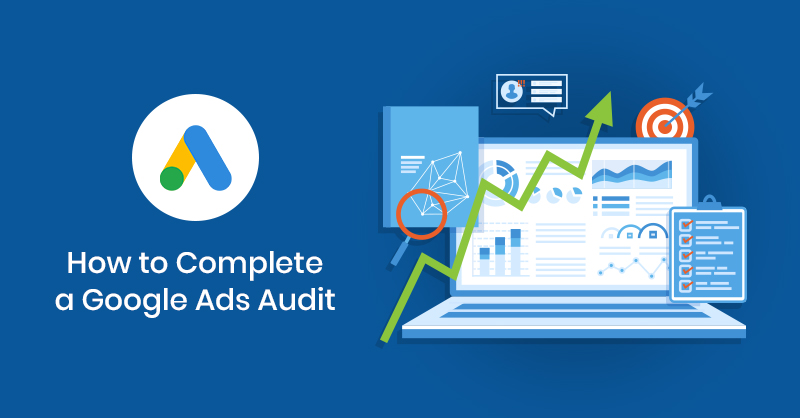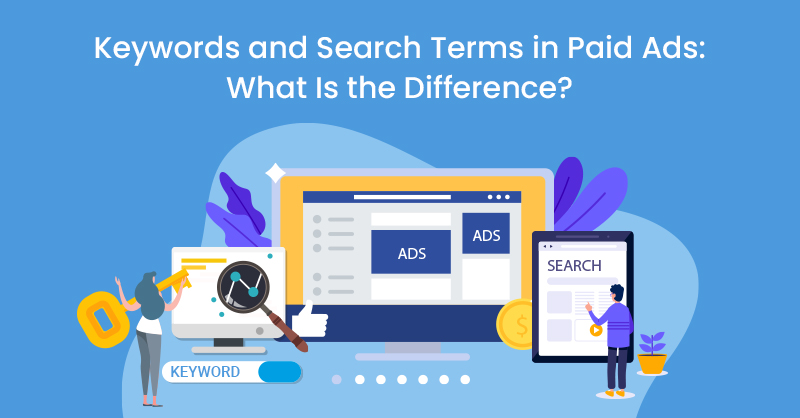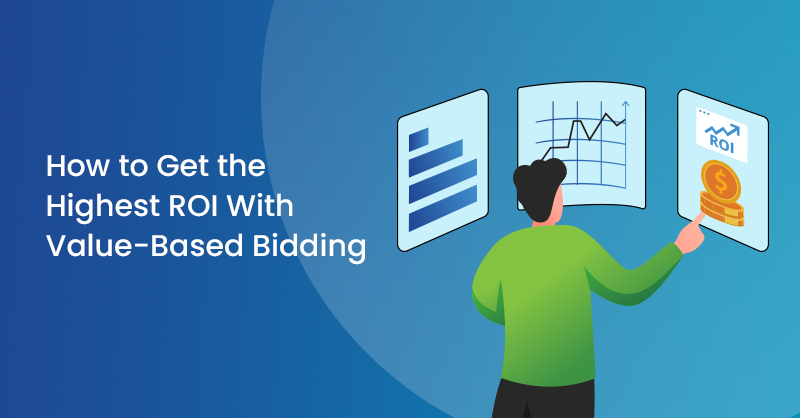When managing several Google Ads campaigns, you start to notice a few trends that range from performance, client concerns, opportunities, strengths and weaknesses that fall parallel to a wide range of different business verticals.
Google Ads is a very powerful marketing tool to help gain your business some traction and close some deals. With a daily average of 5.5 billion searches and access to over 2 million websites, videos and apps on the Google Display Network (GDN), it is evident that running Google Ads provides some solid exposure, with a great opportunity to advertise to your customers.
Appropriately utilized Google Ads can help start a business and grow a business with increased brand exposure, sales, and customers. However, on the flip side, Google’s platform is so big that advertising on this platform can be risky, and in turn, actually financially hurt some businesses.
With a large audience and a wide number of daily searches, Google Ads has the opportunity to accumulate a lot of paid clicks that don’t result in sales. This can run up costs pretty quickly and cause panic.
As an Account Manager, it happens frequently where you get feedback that Cost per Lead (CPL) is too high, performance is not good this month, or that the phones have been quiet.
It’s not always easy to identify what the issue is with the slower performance or how to recognize the right optimizations to help get your Google Ads back on track.
I’m going to discuss a few quick strategies you can utilize to run an effective audit on Google Ads accounts to help make the necessary adjustment to put you back on track for financial success.
Step 1: Ensure Conversion Tracking Is Working
This should always be done during a PPC setup. However, sometimes changes to a website can break certain scripts installed on your website and affect your conversion tracking. Moreover, your goals may change, so the first step in any audit is to ensure that conversion tracking is accurate and efficient.
To ensure conversion tracking is set up properly, please follow the instructions located here.
A few indicators that conversion tracking is not installed properly:
- Clicks and conversions are recording equivalent numbers
- Conversion rates are abnormally high or low
- Transaction in Analytics and conversions in Google Ads are far off
- Business is recording a large difference in actual sales from conversions recorded
You can always fill out a few test leads by either calling the paid tracking number or filling out a form and seeing if those conversions are recorded accurately in Google Ads.
Lastly, you can see if the tracking script is installed on the proper pages. In most cases, this tag should be installed on the “thank you” pages of where a user would be directed to after conversion. This can be seen by using Google’s Tag Manager.
Part Two of ensuring conversion tracking is set up is to ensure that Google Ads is synced with Analytics. This is necessary, as Analytics will provide additional data to the paid keywords in your accounts, such as bounce rate, average time on site, average page sessions, and more.
Step 2: Review Location Targeting
Although this seems obvious, it’s important to make sure that your ads are being displayed and shown to users in locations that are relative to your business’ products or services. You can either check this at the campaign level or account level.
Your first step should be to check under the locations tab and ensure that Target Locations are aligned with the matched locations. If any of those matched locations do not match the areas you are targeting, you may want to check which keywords contributed to those specific clicks outside your radius. If they are not relative to your business, you may want to exclude those regions from your Google Ads.
Moreover, suppose you have geo modified location campaigns set up in which one search campaign specifically targets all Toronto-based keywords and the other all Mississauga keywords. In that case, it is important to make sure you exclude Mississauga from the Toronto campaign and vice versa. This is important because you want your ads to be as specific to your target audience as possible to help increase the conversion rate.
Oftentimes, you can see a rise in the CPL of Google Ads because proper targeting is not in place. This is done at the account level when ads are shown in areas the business cannot service, or at the campaign level when a user in Toronto is shown ads with Mississauga in the ad copy.
It’s important to export a user location report to see which areas perform the best compared to the worst performing, to apply necessary location bid adjustments.
Step 3: Review Bidding Strategies
Ensure that you communicate effectively with your client so that you have implemented the correct bidding strategies that complement their goals. See below the following bidding strategies.
Having the wrong bidding strategy for certain ad campaigns can be a strong variable of why certain accounts are not performing.
If you have Manual CPC, you may want to look at some of the maximum bids you have for certain keywords. If too high, this can be a reason behind driving up your account CPL, or if it’s too low, you may not be creating enough impressions to generate conversions.
Evaluating the bidding strategies per campaign is an effective remedy to help improve account performance.
Step 4: Review Ad Group/Campaign Structure
Not much work is required in this step. Simply review the number of ad groups you have under a campaign and how many keywords are under each ad group.
At the campaign level, make sure you have no more than 10 ad groups per search campaign. It’s important not to have too many ad groups under one campaign for the following reasons:
- Hard to access performance at the campaign level. Too many ad groups can distort the data and make it more difficult to access the performance of a campaign due to either higher performing or low performing ad groups.
- Can not assign budget at the ad group level, only for the specific campaigns. Depending on bidding strategies, some ad groups may not get enough impressions.
At the ad group level, make sure there are no more than 10 keywords per ad group. Dividing keywords into multiple ad groups can help with:
- Access quality score of keywords better, and easier to apply bid adjustments
- Take advantage of single keyword ad groups
- Better and more specific ad copy to help increase CTR
Ensuring a healthy account structure that is broken down into relative ad campaigns and ad groups can help increase conversion rates. It makes keywords and ads easier to manage and become relative to potential customers.
Step 5: Keyword Analysis
Considering that Google Ads is a marketing platform that runs based off keyword searches, it is evident how analyzing keywords during your audit is a key priority. In order to do so, I like to apply the following 4 diagnostics.
1) Quality Score and Analytics
Exporting all the keywords with quality score and analytics such as bounce rate can be extremely helpful.
Keywords with high bounce rates can be paused or perhaps provide an incentive for you to upgrade the user experience of those keywords landing environments.
Identifying keywords with low quality scores is accompanied with data around landing page experience, ad copy relevance, and expected CTR. If a few of these keywords with low quality scores have converted in the past, it would be a good idea to refresh ad copy or the landing pages with those keywords. This acts as a great technique to help bid lower and increase impressions.
2) Search Terms
Exporting search term results is a necessity when auditing Google Ads. It is estimated that the average Google Ads account wastes 76% of its budget on the wrong search terms. This is imperative in a google ads audit.
However, this is a very useful tool to identify popular search terms that bring you traffic and conversions. This data ensures the successful search terms are added as keywords and applied with favourable bid adjustments.
3) Negative Keywords
When reviewing your search terms. Look for unnecessary searches that are triggering your ads. You will be able to identify a common denominator amongst those searches for keywords that trigger your ads for the wrong customer.
Add those keywords to your negative list, and continue to update this list to prevent wasting ad spend on non-relevant keywords.
4) Match Types
Make sure the account is bidding on a variety of match types from a broad match, modified, phrase match and exact. Bidding on only one match type can limit the impressions you generate or waste ad spend.
If this strategy is applied and CPL continues to be high. You may want to focus more on exact match types to eliminate any unqualified clicks.
Step 6: Review Ad Copy and Extensions
Export the data from all the ads within your campaigns. Filter out all the ads that have below 3% click-through rate (CTR). Depending on how many ads are available per ad group, you can either pause those ads or look at an ad copy refresh. Google recommends 3 ads per ad group.
It’s a good idea to review that your ad copy has clear benefits, CTA’s, and includes the keywords within those ad groups.
It may be a good idea to implement responsive search ads. You provide multiple headlines and descriptions for Google to automatically assemble your best ads depending on the search query.
Extensions act as useful tools to help increase the CTR of your ads. However, make sure to review that the extensions you have enabled align with the business.
If the business doesn’t accept phone calls, disable call extensions. If the client’s goal is website traffic, ensure site link extensions are available. If a client’s goal is for foot traffic, you want to make sure location extensions are active.
Step 7: Landing Page Performance
Landing environments are critical variables when it comes to the success of Google Ads campaigns. Imagine you’re a real estate agent. If you have an open house, you want to make sure the house is as clean, tidy and presentable as possible. If potential buyers come to an untidy home, it’s likely you won’t see any offers.
The same applies to landing pages. If you’re paying for clicks to your website, you want to do your best to capture that traffic as a paid lead.
Identifying issues with the landing page are easy to detect. Indicators of a poor landing page can be:
- Click-through rates are good, but the conversion rate is low (below 10%)
- Keyword report indicates below average landing page experience for majority keywords
- Lack of CTA’s on the landing environment
- No paid tracking numbers
A couple things you will want to address when creating successful landing environments:
- Healthy page speeds for mobile/desktop
- Healthy amount of content that supports the keywords you bid on
- Forms, CTAs, and call extensions available
- Testimonials
- Visually appealing with visuals, graphics, video
- Illustrates clear value and benefits for the consumer to contact business
- Company strengths
- Mentions of any promotions or discounts mentioned in ad copy
Step 8: Device Report
Google provides device reports for your account, which provides data from mobile, desktop, and tablet.
Use this data to identify which devices perform the best and implement necessary bid adjustments. Additionally, use this data to help improve performance and design. If you noticed conversions for mobile devices are low, you might want to upgrade your website or landing page to make it mobile-friendly.
Step 9: Checking Ad Schedule
This is another simple remedy in auditing Google Ads that often can be missed. Whether you operate as a mortar and brick store or provide service calls, you may only operate at certain times or days of the week.
So it is important to make sure your ads are not running during any of the hours your business is closed; if not, this is an easy way to waste ad spend and spike up your CPL.
Moreover, use this data to make necessary bid adjustments. If the data clearly illustrates days or times that perform the best, increase bid adjustments for those ranges.
Conclusion
Google Ad audits are essential and should be completed on a recurring monthly basis. There is no single account that will experience satisfactory results from set up to month in and month out. Audits are effective strategies to help set up Ads campaigns for success in the long run.
There are various methods to audit Google Ads campaigns; listed above are strategies you can implement to help prevent unwanted clicks and produce a healthy return on ad spend.
Contact TechWyse today to help you improve your Google Ads performance and set up your business for success.






